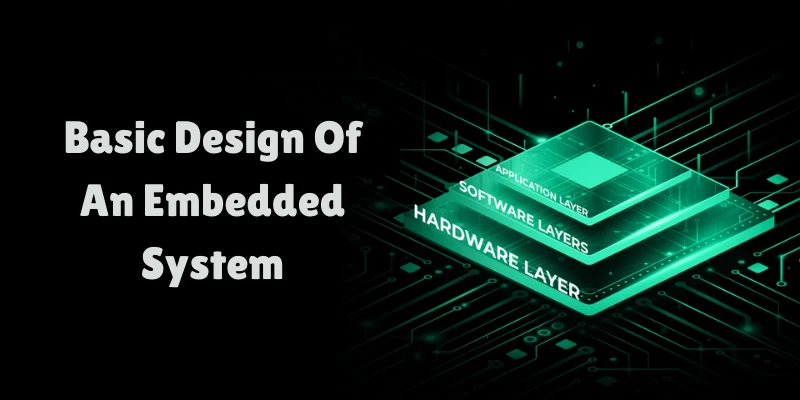
Embedded refers to something that is fixed firmly and deeply within another system or object. In the world of technology, the term often relates to embedded systems, specialised computing systems that are integrated into larger devices to perform specific functions. To gain deeper insights and hands-on skills, join our Embedded System Courses in Chennai and boost your career prospects with expert training and dedicated placement assistance. In this blog, we will explore the what is the basic design of an Embedded System.
Understanding the Role of Embedded Systems
An embedded system is a computer system, typically based on a microprocessor or microcontroller, designed to perform a particular task within a larger system. Unlike general-purpose computers, embedded systems are optimised for dedicated functions. They’re built into the device itself and usually operate under real-time constraints to provide immediate responses.
Stay updated with the latest trends in embedded systems to boost your skills and career growth.
Basic Design of an Embedded System
1. Processor or Microcontroller
At the heart of every embedded system lies a processor or microcontroller. This is the brain of the operation, responsible for processing data and executing instructions. Depending on the complexity, some systems use microprocessors (CPU-based) while simpler ones rely on microcontrollers (with integrated memory and I/O).
Enrolling in Linux Training in Chennai can help you gain essential skills for working with embedded operating systems and development tools.
2. Memory (ROM and RAM)
Memory in embedded systems is used to store both the program code and temporary data. ROM (Read-Only Memory) contains the firmware or software code, while RAM (Random Access Memory) provides temporary storage during operation.
3. Input Devices
Input devices collect data from the external environment. These could be sensors, switches, buttons, or touchscreens, depending on the device’s function. For example, a microwave oven uses buttons as input to set temperature and time.
4. Output Devices
Once the system processes the input, it sends results to output devices such as displays, LEDs, buzzers, or actuators. In an air conditioner, the digital display and cooling mechanism serve as output.
5. System Bus
This component connects all parts of the embedded system data bus, address bus, and control bus, allowing seamless communication between the processor, memory, and I/O devices.
6. Software (Firmware)
The instructions that control the embedded system’s hardware are stored as firmware. These programs are usually written in C or C++ and are embedded into the ROM.
FITA Academy offers C C++ Training in Chennai, designed to help learners master programming fundamentals used in embedded technology
Design Categories of Embedded Systems
Embedded systems can be broadly categorised based on performance and function:
- Standalone Embedded Systems: Operate independently, like digital watches or calculators.
- Real-Time Embedded Systems: Deliver output within specific time frames—ideal for critical applications like airbags or medical monitoring devices.
- Networked Embedded Systems: Connected to a network (like IoT), such as smart home devices.
- Mobile Embedded Systems: Found in portable devices like smartphones and tablets.
Understanding these types helps tailor the system design to the application’s needs. Key strategies for Linux are very important for optimising embedded system performance, ensuring stability, and managing system resources effectively.
Why Understanding Design Matters
Knowing the basic design of an embedded system is not just useful for students and engineers, it’s vital for innovation. As devices become increasingly intelligent and interconnected, embedded systems are assuming a larger role in automation, artificial intelligence, and innovative technologies.
For anyone aspiring to work in hardware design, robotics, or embedded software development, a deep understanding of this architecture is the foundation. Our Training Institute in Chennai offers IT courses and career guidance for aspiring embedded system professionals.
To sum it up, the basic design of an embedded system includes a processor, memory, input/output devices, and software, all tightly integrated to perform dedicated tasks efficiently. This design enables devices to react quickly, consume less power, and operate with minimal user intervention.